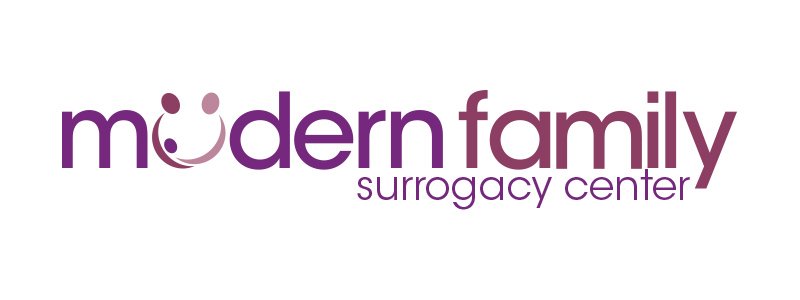What’s in a Surrogacy Contract?
A contract between a surrogate and intended parents is a crucial legal document that outlines the rights, responsibilities, and expectations of both parties involved in the surrogacy arrangement. This agreement serves as a comprehensive guide to ensure a smooth and legally binding surrogacy process. The main sections of such a contract typically include:
Introduction:
The introductory section provides an overview of the contract, identifying the parties involved (surrogate, intended parents, and potentially the surrogacy agency if applicable), the purpose of the agreement, and the effective date.
Recitals:
This section outlines the background and circumstances leading to the surrogacy arrangement. It may include information about the medical condition of the intended parents, the surrogate's willingness to carry the pregnancy, and any previous agreements or understandings between the parties.
Terms and Definitions:
Clearly define and explain any specific terms or terminology used throughout the contract. This section helps avoid confusion and ensures that both parties have a shared understanding of the language and terms used in the document.
Statement of Intent:
Describe the mutual intent of the parties to enter into the surrogacy arrangement. This section emphasizes the shared goal of achieving a successful and healthy pregnancy for the intended parents through the surrogate.
Obligations and Responsibilities:
Outline the duties and responsibilities of both the surrogate and the intended parents throughout the surrogacy process. This may include details about medical procedures, lifestyle expectations, and financial responsibilities. Clear communication and cooperation between the parties are essential.
Compensation and Expenses:
Clearly specify the financial aspects of the surrogacy agreement. This includes the surrogate's compensation, payment schedule, reimbursement for medical expenses, and any additional allowances. Details about what happens in the event of a multiple pregnancy or complications may also be included.
Medical Procedures and Decision-Making:
Detail the medical procedures involved in the surrogacy process, such as in vitro fertilization (IVF) and embryo transfer. Clarify how decisions regarding the pregnancy, including medical interventions and potential selective reduction or termination, will be made and by whom.
Legal Parentage and Parental Rights:
Address the legal aspects of parental rights and responsibilities. Specify the intended parents' rights to legal parentage, the process for establishing parentage, and any necessary legal documentation. This section may also cover issues related to custody, visitation, and the surrogate's relinquishment of parental rights.
Confidentiality and Privacy:
Establish guidelines for maintaining confidentiality and privacy throughout the surrogacy process. Both parties may agree to keep certain information confidential, especially regarding the identity of the surrogate, the intended parents, and any medical or personal details.
Termination and Contingencies:
Outline the circumstances under which the surrogacy arrangement may be terminated, such as medical complications, breach of contract, or mutual agreement. Address the potential contingencies and the procedures for resolving disputes or unforeseen situations.
Governing Law and Jurisdiction:
Specify the jurisdiction and the laws that will govern the interpretation and enforcement of the contract. This helps ensure that the surrogacy agreement is legally valid and provides a clear framework for dispute resolution.
Miscellaneous Provisions:
Include any additional clauses or provisions that may be relevant to the specific circumstances of the surrogacy arrangement. This could cover issues like communication between the parties, changes to the agreement, or any other unique considerations.
Signatures and Notarization:
Conclude the contract with spaces for the signatures of all parties involved, along with a notary acknowledgment to validate the document's authenticity.
A well-drafted surrogacy contract is a crucial tool for establishing clear expectations and protecting the rights of both the surrogate and the intended parents. Each section of the contract plays a vital role in ensuring a transparent, respectful, and legally sound surrogacy journey for all parties involved. It is recommended that both the surrogate and the intended parents seek independent legal counsel to review and understand the terms of the agreement before signing.
Questions? Contact us for more information or learn about our West Coast legal partners here.

